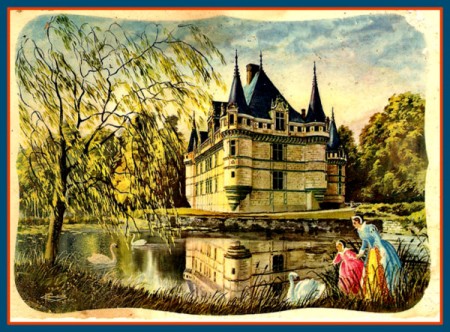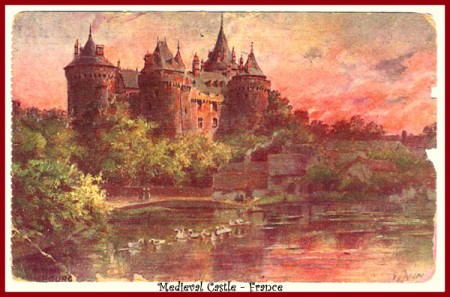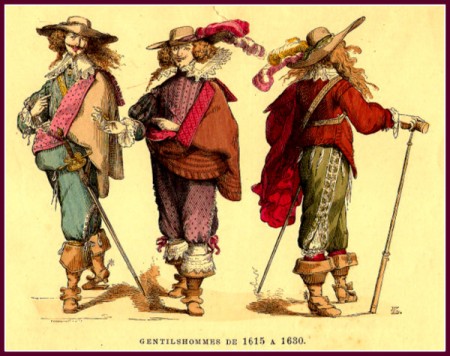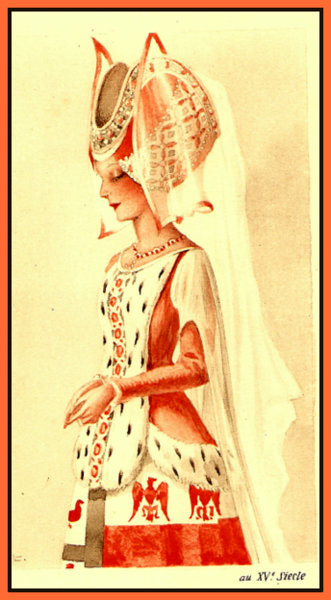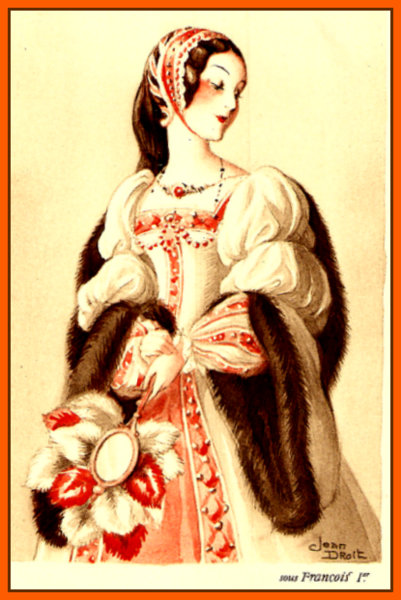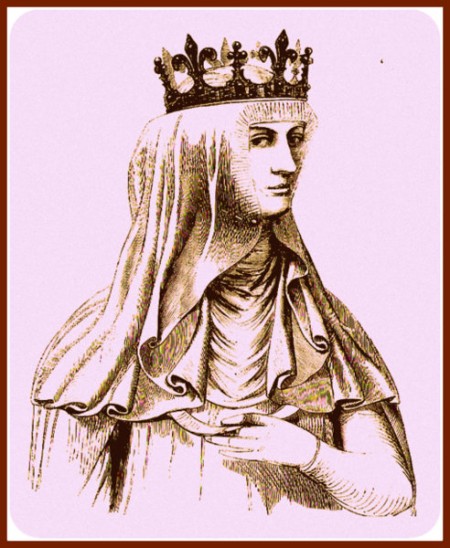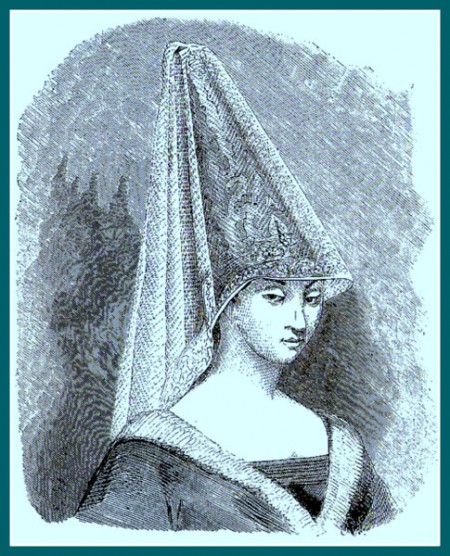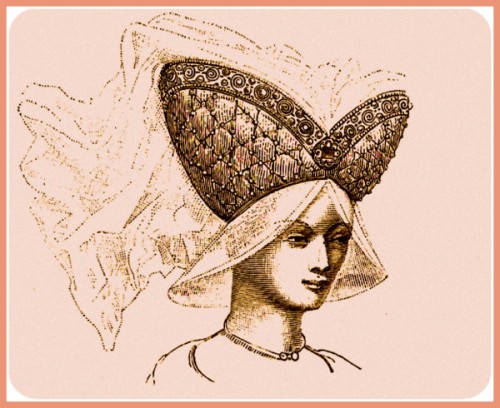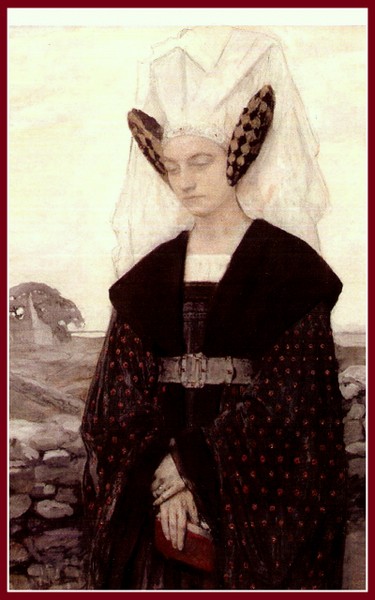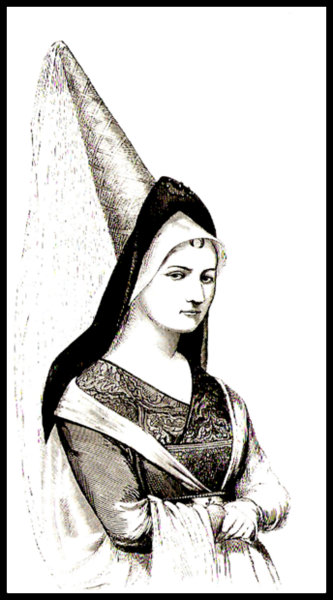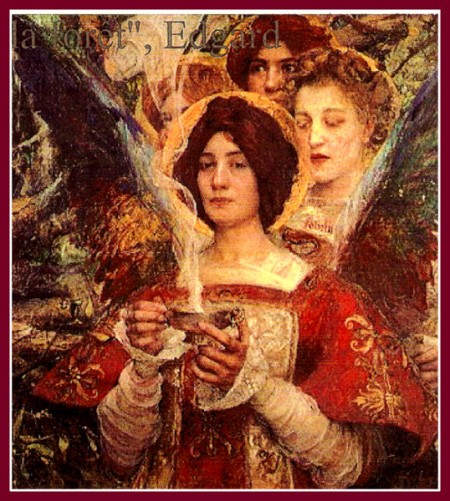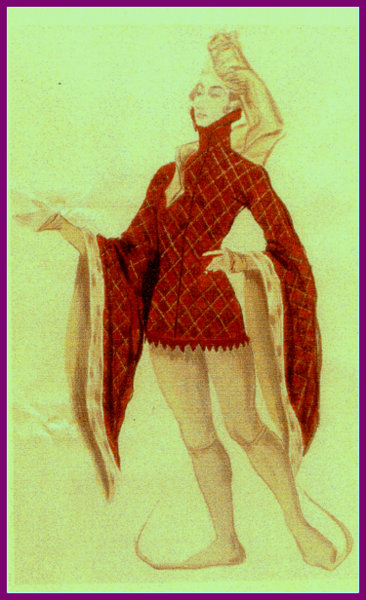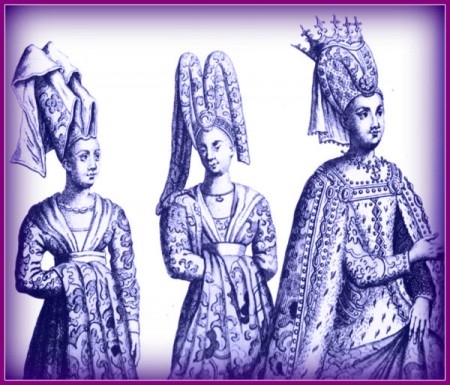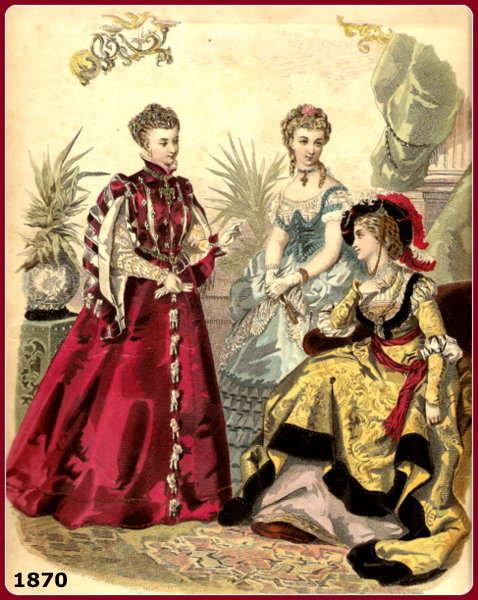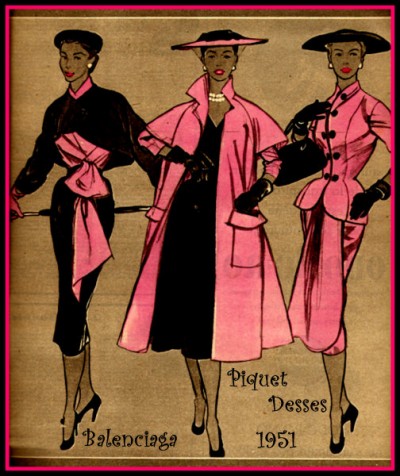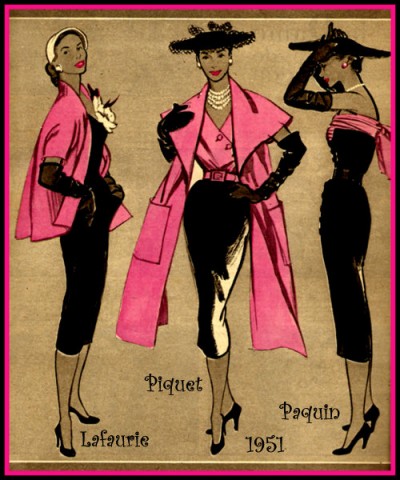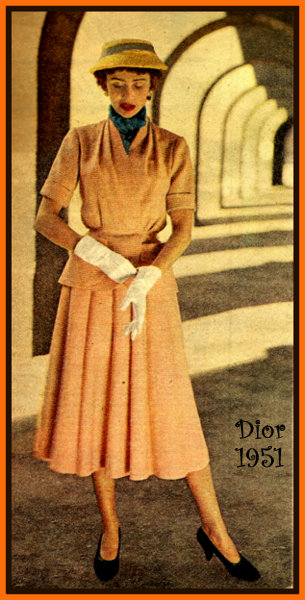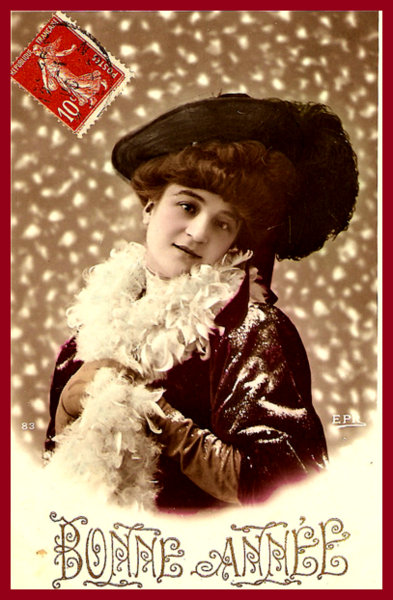Victorian Volumineuses Crinoline’s

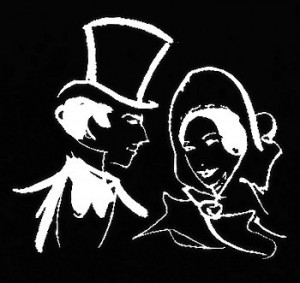
Top hat and elegance
France was ruled by Louis-Philippe .the last king and then Napoleon III who was the last monarch. On the other side of the channel was the young Queen Victoria. Something in common that ruled was the mode of dress. The dimensions Volumineuses – (signifies the principles of Elegance).
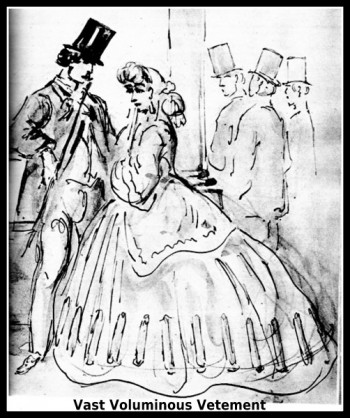
Victorian Crinolin
By Royal Appointment: were famous artists, among them Winterhalter, Boldini & Helleu. All gave credibility to the feminine form. For the greatest Fashion Designers of this period view our Fashion Designer Biography pages, with even more designs and information.
A Victorian fabric reference for fashion Designers, with rare illustrations.
The colours and fabrics used for the Victorian decades were diverse:
In 1843 – Textiles: ranged from wools, taffetas, cottons, soft and crisp silks, shot and watered. Fabric Patterns: Charming daintiness and sweetness, with leaves sprigs and floral patterns, also bolder stripes, & checks. The finishing’s were, piping, tucking, pleating, rushing and fine stitching. Colours: Light soft and subtle. Style detail: Dresses had tight fitting tapered bodices with small waists pointed at the front. The shoulder line of the design was curved low, with tight sleeves to the cuffs. The art and science of the corset begins. As many as six petticoats are used.
In 1853 – Textiles: Mainly still similar to the last decade. Fabrics: were printed embroidered ,or a woven fabric was used for the larger sections of thc crinoline skirts this gave a horizontal emphasis to the gown because of the weave. Fabric Patterns: Similar to the last decade. Colours Light for Spring & summer, darker for the autumn and winter. Style detail: Under corsets were laced at the back and front. Fuller skirts required a large number of petticoats, the bottom frills were reinforced with horsehair, also they were stiffened with piping placed in the hems.
In 1860 – A graceful mix of white and blue for a young lady and also black mixed with richer reds and bronzes were worn for the day.
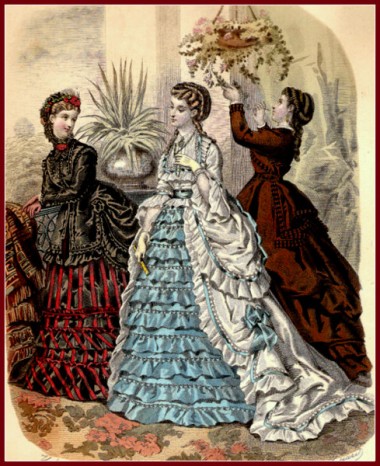
1860
In 1863 – Textiles: More choices including, alpaca, poplins, wools, taffetas, rich silks, satins and velvets. Fabric Patterns: Plainer with bold trimming designs. or very bold florals. Colours: Brilliant strong, sharp combinations were the fashion. Black for women in mourning. Style detail: Calico Crinoline skirts were extended by stiffer wale-bones and flexible steels, instead of many petticoats. Small tightly laced corsets restrict the waist!
Generally the crinoline was an extremely difficult skirt to wear and so it was easier to adopt a gliding walk, with perfect balance. This preventing the great skirt from swinging or bouncing. Private practice was needed to perfect this before going public! Sitting also was a work of art.
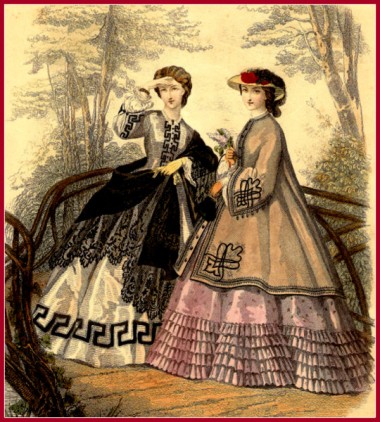
- 1862
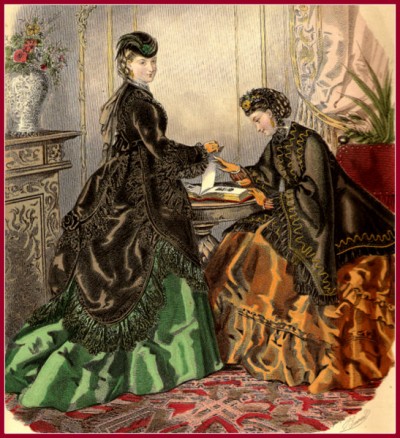
1869
In 1870 – Textiles: Lighter in weight, shot silks, muslins, foulards, moire, cashmere, chintzes, and sateens. Fabric Patterns: Striped, spotted, small flowers, and trimmed with flat braiding, piping, scalloping, bows & flounces. Colours: pale pastels. Styles: A smaller crinoline, bell shaped, and flat in the front. Higher waist line. With a large bustle at the back, supported by whalebone and flexible steels attached to the back of the dress. This extends the skirt outwards and higher than the waist. Ladies no longer stood in the middle of the circle, but at the front of an ellipse. Longer corsets were worn. The correct posture would have been influenced by wearing higher heeled shoes and the bustle. From the waist up the body leaned forwards, and the lower body (the posterior), is thrust outwards. This formed the “Grecian Bend” or “S” Curve. Walking is spirited and bouncy!
In 1876 – Textiles: Cashmere, serge twill, poplin, satin, velveteen, heavy silks, and scotch plaids. Fabrics: A combination of two or more fabrics made up the dress. Trimmings were braids. deep fringes, ribbons, pleating, striped rushes, and velvet was used as a flat trimming on wool and silk dresses. Colours: Generally darker more sombre. Style: The crinoline was first discarded by young ladies. Long straighter silhouettes with a close fitting bustle at the back, leading to a train, were complex in cut and decoration. The dress had a separate bodice and skirt. The seams of the bodice were boned and had a high” V” shaped neckline.
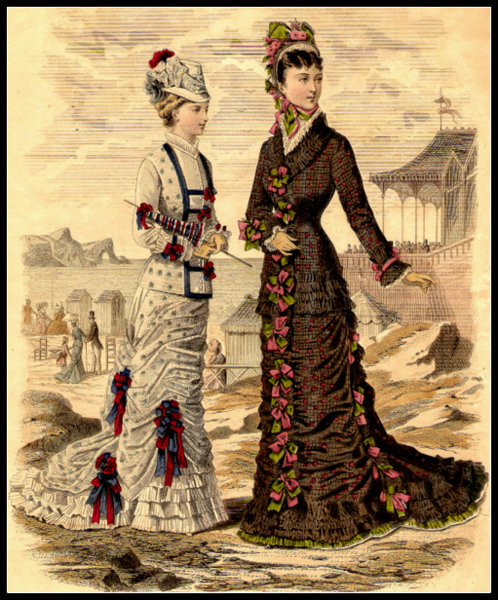
1876
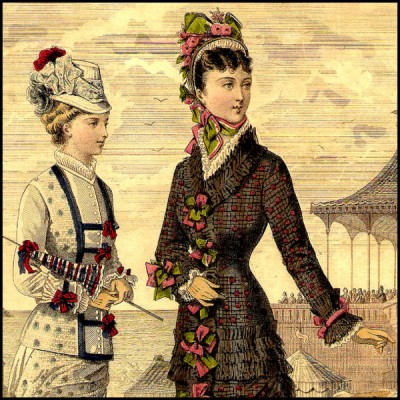
1876 Larger detail
The demise of the Crinoline came about because mainly it affected the restriction of movement for women, but parts of the rear drapes of the skirts were favoured and hugely popular making the gowns slimmer and more elegant for the sillouette. Fine pleats, rushing, bows, drapes in complicated pattern designs, became increasingly more complex. Long fitted jackets for many occasions even walking by the sea were in vogue. Angled taller hats of assorted shapes mixed with a tighter smaller styles were also matched with appropriate gowns.
This print shows rounded trains to the rear covered with magnificent frills. This must be the period from which so many features could be copied and used to bring new elegance back for the future.
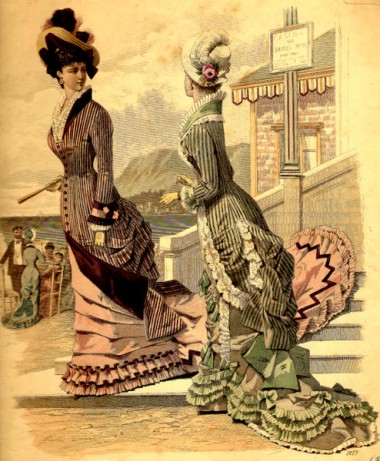
1880
In 1880 – Textiles: Similar to the previous, with silk or wool jersey fashionable. The dresses were made of two or more different fabrics, one patterned and one plain, or two different patterns of blending colours. Colours: Soft autumn tints, greys, pinks, maroon, and many greens, sage, bottle green and khaki. Also peacock blue. Styles: The bustle was discarded. Dresses had high necks, with stand up collars of lace and a jabbot down the front. The top bodice was cut long below the hips, it was buttoned through or cut away to reveal a waistcoat underneath. The top skirt formed a tightly swathed apron at the front going around to the back to a series of hanging pouches. The underskirt was flared from the knees down at the sides and the back formed a short shaped train. Worn with boots or shoes with high slender heels.
Our print is dated 1881, with this elegant style recorded for us!
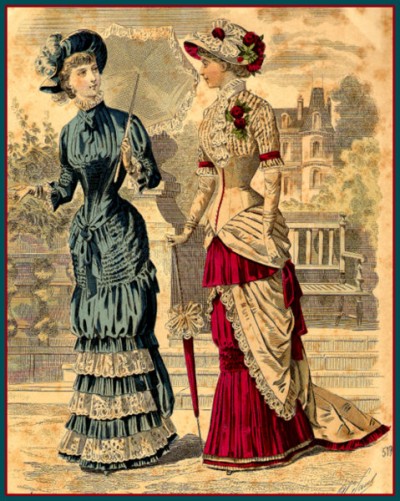
1881
In 1886 – Textiles: Wool cloths, tweeds, heavy silks & velvet’s, fur trimmings to coats. Fabrics: Richer textures, satin, ottoman silk, cut velvet and fur. Colours: Browns, maroons, Lichen greens, petunia, sunflower yellow, maize and deep strong blues. Styles: Dresses had a boned bodice with a stiff millitary shaped collar, a pointed V to the waist and flared pleats at the back. Gathered or pleated skirts were at the front and back, but flatter in the front. A stiffer matronly dress, austere in appearance.
Exquisite soft folds in the palest shade of turquise blue, finished in a wide folded braid embroidered in gold threads, is the ultimate dress for this year 1889. Sophistication personified! and an unusual design not seen before for a long time.
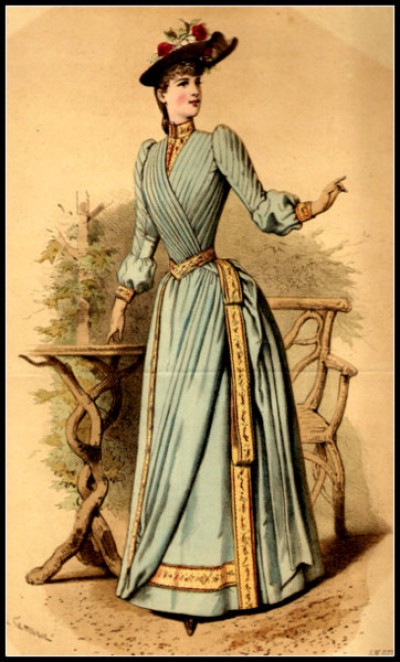
1889
In 1892 -Textiles: As the previous years. Fabrics: Generally basic compared with the proceeding decades. Hem edgings, flat braids and frogging. Colours: during 1892 yellow was dominant especially for evening wear, reds, pinks, blues, lichen greens, and fawns. Styles: For the country: Tailored jackets skirts, and coats. High starched collars to shirts. Waistcoats double breasted with a collar. Leg of mutton sleeves to dresses, and coats too..
For 1892 We can feature an amazing high leg of mutton sleeved, striped dress The beautiful embroidery is hand stitched.
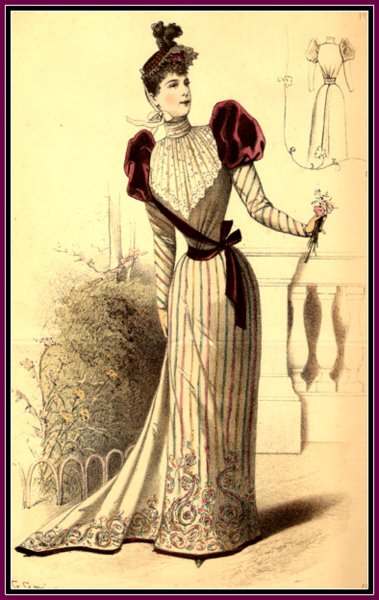
1889
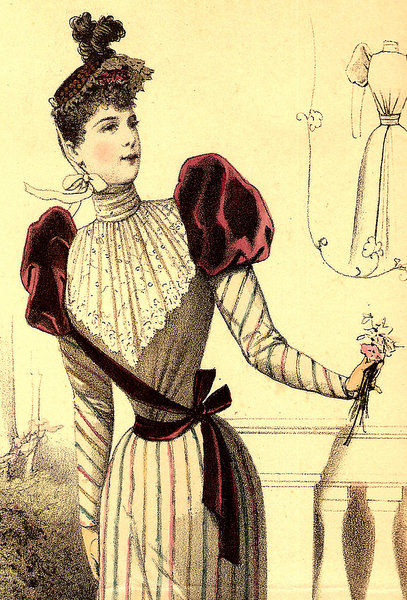
Dress top enlarged
In 1896 – Textiles: Various feminine, lighter in weight Colours: Bolder vivid, strong. Styles: Enormous gathered tops of the sleeves to dresses. and tight to the cuffs.. Still a small “V” shaped waist. Blouses were popular with a heavy wide belt to hide the join between the top and the skirt.
In 1900 – Textiles: Soft very feminine materials such as silky alpacas, Mohairs, lawn, chiffon, muslin, clinging velvet’s, artificial silk, Much lace, and heavier fabrics for tailoring garments. Colours: harmonious, or monochromatic schemes, highlighted with vivid touches of strong colours, especially red. Styles: Evening gowns as images:-
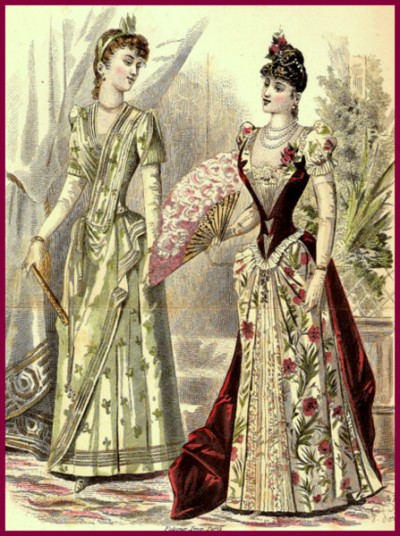
1890
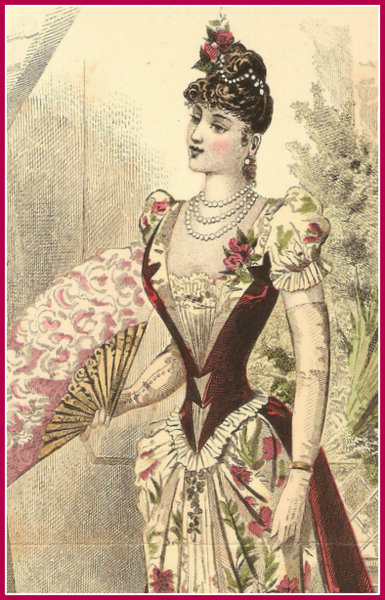
1890
1892
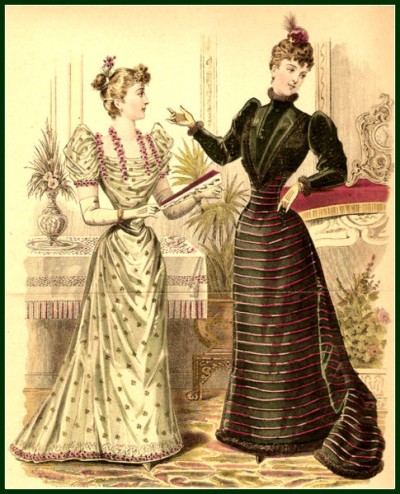
1892
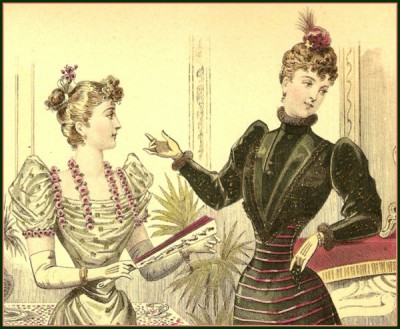
1892 Larger view
1897
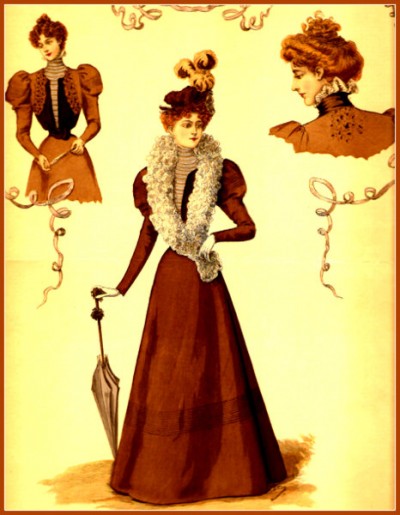
1897
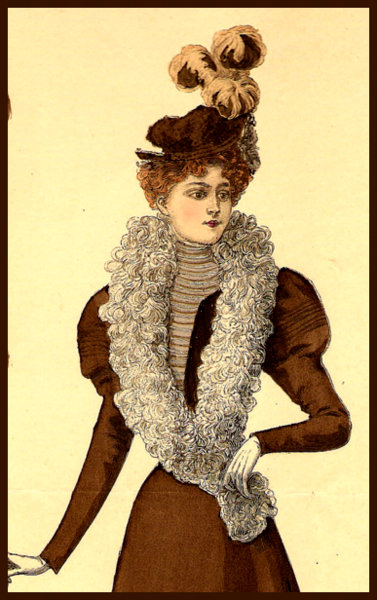
1897
In 1901 Queen Victoria’s long memorable, great reign was ended.

Victoria
Does anyone know, how many meters of fabric did the crinoline dress take in the era of it’s biggest circumferance?




